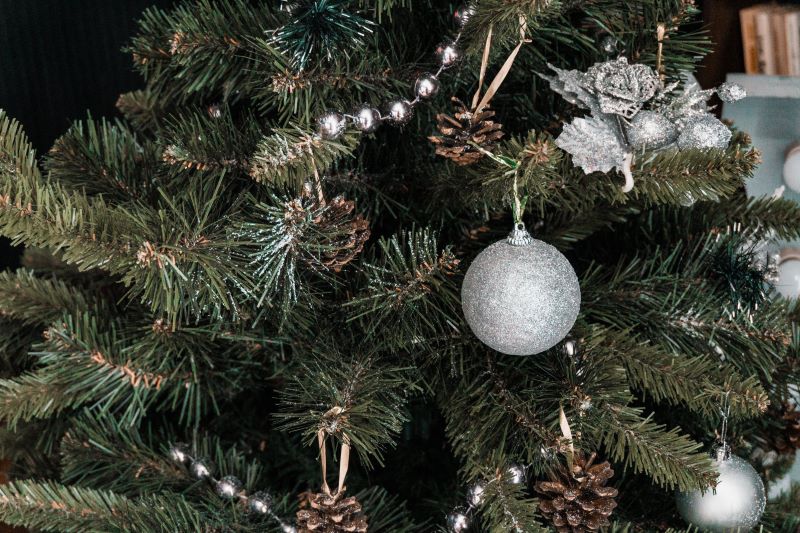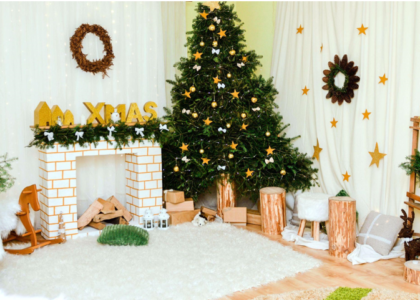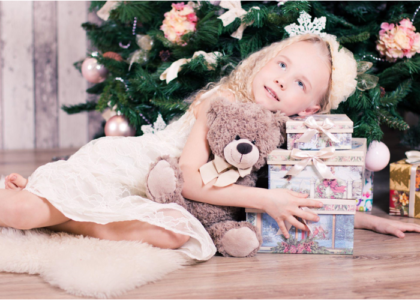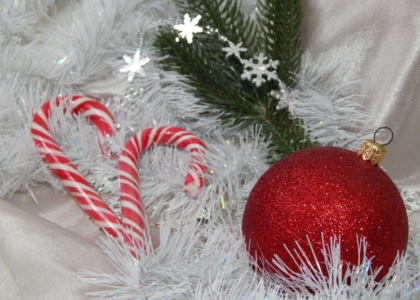Let’s rewind and begin at square one. Long before they became associated with Christmas, evergreen trees were used as symbols. Above windows and doors, trimmings were draped to protect inhabitants from the long nights and bitter weather. Many cultures viewed them as omens of warmer days to come because they symbolized eternal life or the victory of life over death. So, in the 16th century in Germany, Christians took up the pagan practice of decorating trees with apples to represent the Garden of Eden, thereby adopting a custom from the pagan culture.
Hans Greiner and Christoph Muller of the German village of Lauscha are credited with creating the first glass Christmas ornaments. Having both lumber and sand readily available, this town was in an ideal setting from which to produce glass. The legend goes that sometime around the year 1600, Hans ran out of money and couldn’t afford to buy apples to put on the family Christmas tree. So, he made do with what he had on hand and blew some glass ornaments to hang on the tree.
How Do You Make Glass Ornaments for Christmas Trees?
In 1847, Hans Greiner (a descendant of the original Hans Greiner) made glass decorations that resembled those we use to decorate trees now but were very different in shape. Mercury glass, also called silvered glass, was one of the things he created. The process of making mercury glass begins with the artist blowing glass into a mold. The silvering procedure can begin once the glass has cooled and been removed from the mold. The interior of the ornament was then coated with a mixture of mercury and tin, which was often introduced through a tiny hole. Once the crack was repaired, the hole was no longer a threat.
Clearly, incorporating mercury into the system was not the brightest idea. In the wake of its poisonous discovery, a mixture of sugar water and silver nitrate was developed to simulate the original silvering. Historically, fruits and nuts—the actual versions of which were often used as tree decorations—served as inspiration for early glass ornaments. Artists quickly began creating Santa figurines, birds, animals, and angels. Frequently, the glass decorations we see now were hand-painted. Tinsel, designed to resemble icicles, was also commonly used to adorn Christmas trees in the past. Glass blowers quickly caught on and began making their own versions. Additionally, strands of glass beads were widely used to decorate Christmas trees.
Alternative Glass Decorations for Holiday Trees
Up to the turn of the century, glass was used for more than just ornaments on Christmas trees. A candle was the only option for lighting trees until now. Open flames on a dried-out, dead tree provide a serious fire risk. In 1882, Thomas Edison’s business colleague Edward H. Johnson used electric lights to decorate a Christmas tree for the first time. It took about 20 years for the public to warm up to the contemporary concept of electricity, but once they did, it took off. Due to high production and assembly costs, however, only the wealthy could afford to use electric Christmas tree lights. Lights for Christmas trees are more affordable and dependable now than ever before. Approximately fifty thousand bulbs illuminate the tree in Rockefeller Center in New York City.






Recent Comments